Lathe stands are crucial for any woodworker or metalworker who wants to achieve precision and accuracy in their craft. A sturdy and stable stand provides a safe working environment and enhances the performance of a lathe machine.
However, finding the perfect stand for your lathe can be challenging, and purchasing one can be costly. That’s where the option of building your DIY lathe stand comes into play. Not only does it save you money, but it also allows you to customize the stand to fit your specific needs.
Here, we will discuss the benefits of building your lathe stand and the importance of a sturdy and stable stand for a lathe. We will also provide guidelines to guide you through how to build a DIY lathe stand that will provide a reliable and long-lasting foundation for your lathe machine.
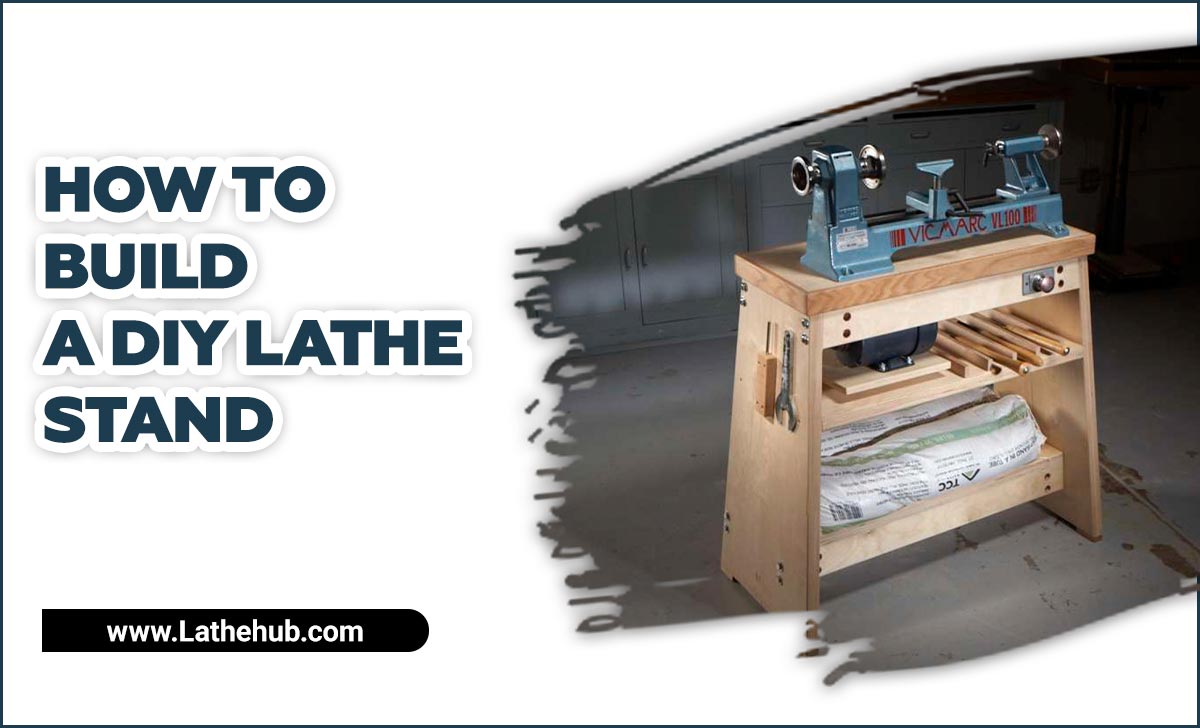
Gather And Prepare The Necessary Materials And Tools
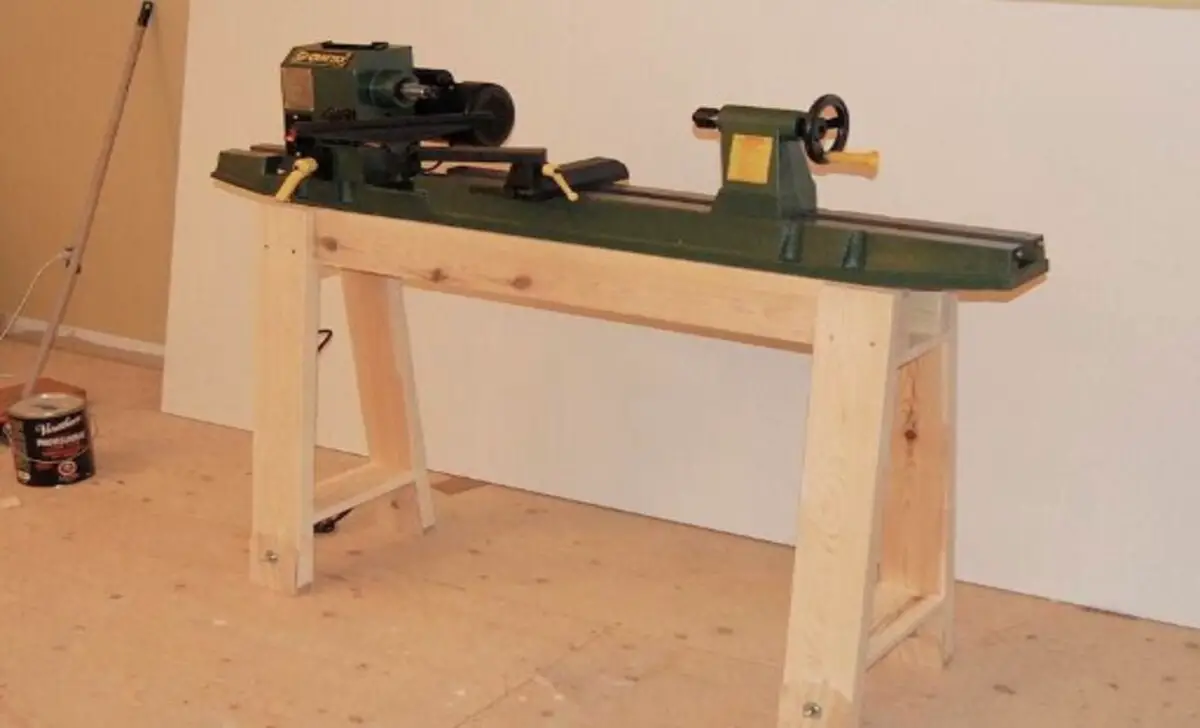
Before diving into your lathe stand construction, gathering and preparing all the necessary materials and tools is essential. This will ensure a smooth and uninterrupted workflow throughout the project. Here is a list of the materials and tools you will need:
Materials:
- A sheet of plywood (preferably 3/4 inch thick) for the base, legs, and shelf
- Various wooden boards for the legs, shelf supports, and drawer fronts
- Screws, bolts, and nuts for assembling the stand
- Wood glue for extra strength and stability
- Sandpaper of various grits for sanding the wood surfaces
- Tools:
- A saw (such as a mitre saw or a jigsaw) for cutting the wood boards
- A router for creating smooth edges and decorative details
- A pocket hole jig for creating strong joints
- Clamps for holding the wood pieces together during assembly
- A drill and bits for drilling holes and pilot holes
- Measuring tape and a square for accurate measurements and alignments
- Safety gear, such as goggles and gloves, to protect yourself during the construction process
- (Note: Affiliate links to specific tools and materials can be found in the description of this blog post. These links help support the blog and provide convenient access to the recommended products.)
- Now that you have gathered all the necessary materials and tools let’s move on to the step-by-step guide for building your DIY lathe stand.
How To Build A DIY Lathe Stand: 6 Easy Steps

Building a DIY lathe stand can be fun and rewarding for any woodworking enthusiast. Building a DIY lathe stand is a great way to customize your workspace and create a sturdy foundation for your lathe. Following a few simple steps, you can construct a stand that meets your needs and enhances your woodworking experience. Following these 6 easy steps, you can create a sturdy and functional DIY lathe stand that will support your woodworking projects for years. Here are 6 easy steps to help you how to build a diy lathe stand:
1: Measure And Cut The Wooden Boards For The Base
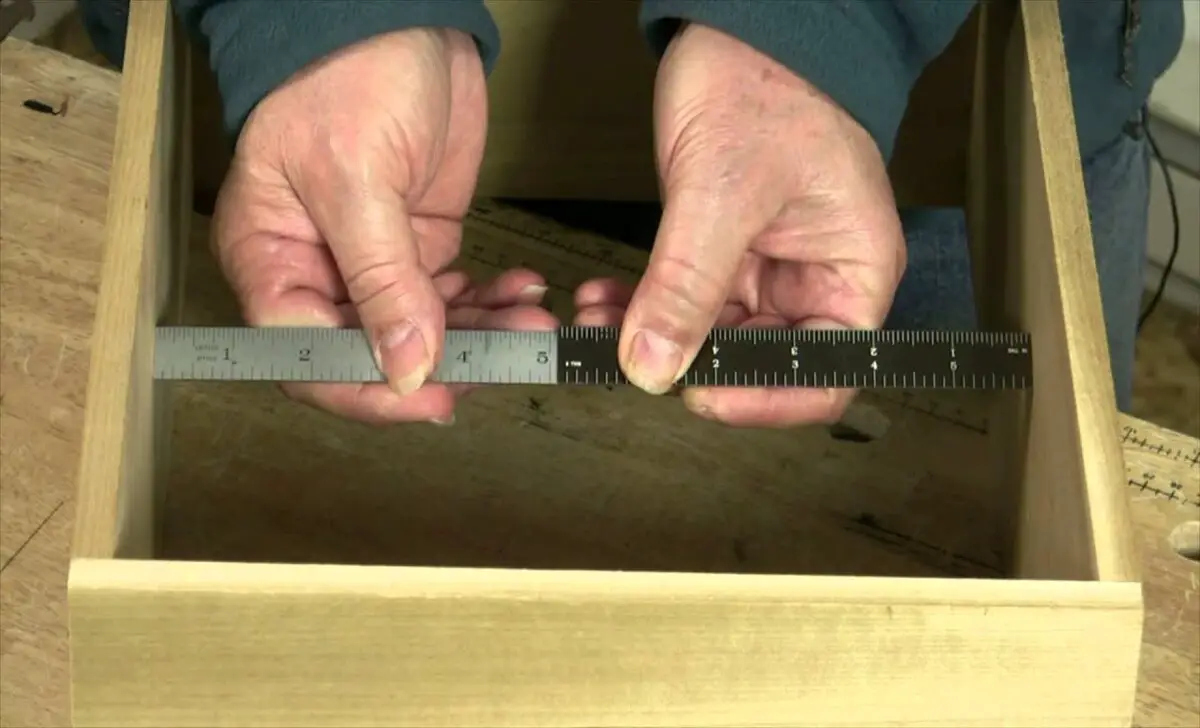
To ensure the stability of the lathe stand base, precise measurements and accurate cuts are imperative. Use a sharp saw and reliable measuring tape for cutting the wood. Double-check measurements before cutting to avoid unnecessary wastage. Exercise caution while handling cutting tools to prevent injuries. Streamline the wood-cutting process by creating a detailed cut list. It’s crucial to handle the cutting tools with care to prevent accidents.
2: Assemble The Base Of The Lathe Stand
Assembling the base of the lathe stand requires precision to ensure overall stability. Regular wood glue and clamps are crucial for a secure assembly, minimizing the potential for a lot of vibration. It’s important to follow the assembly instructions meticulously to avoid errors during this part of the project. Strive for uniformity in the assembly to achieve a professional finish, which will help minimize any vibration. Additionally, remember to take regular breaks when assembling to maintain focus and accuracy, further reducing the chances of errors and ensuring a stable foundation for your new lathe.
3: Build The Legs And Attach Them To The Base
Crafting the legs of the DIY lathe stand involves meticulous attention to detail, ensuring both aesthetic appeal and structural integrity. Firmly securing the legs to the base enhances the stand’s overall durability. Woodworking jigs and clamps facilitate attachment and promote precision and stability. Additional support is essential to reinforce the legs, mitigating any potential issues from a lot of vibration during lathe operations. Meticulous alignment of the legs ensures a level and well-balanced lathe stand, optimizing its functionality and safety.
4: Construct The Shelf For Storing Lathe Accessories
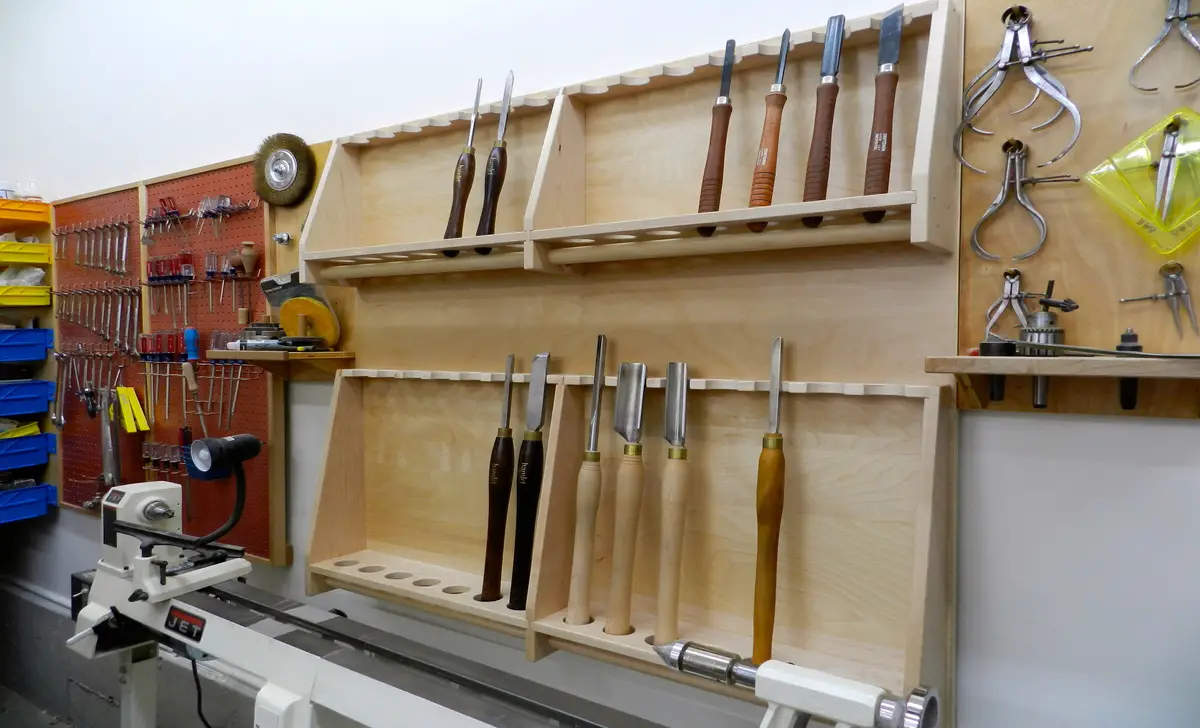
When constructing the shelf for storing lathe accessories, it is crucial to design it to optimize storage space without compromising stability. Customizing the shelf dimensions to accommodate specific lathe accessories is essential to this project, ensuring plenty of room for all tools. The diligent application of regular wood glue and clamps strengthens the shelf structure and minimizes any vibration. It’s important to create a seamless integration of the shelf with the overall aesthetic and functionality of the new lathe stand. Prioritizing the optimization of the shelf dimensions and the seamless integration with the overall stand will ensure plenty of room for all lathe tools and accessories.
5: Install The Lathe Onto The Stand
Ensure the lathe is positioned securely on the stand to maintain stability and safety during operation. Use the mounting holes and the appropriate hardware for a smooth lathe installation. To prevent accidents, it’s advisable to seek assistance when lifting and placing the lathe onto the stand. Precise alignment of the lathe is crucial to ensure balance and operational efficiency. After installation, conduct a thorough inspection of the lathe stand and the installed lathe to check for any irregularities that may affect its performance and safety.
6: Add Finishing Touches And Refinements To The Stand
To refine the lathe stand, meticulously sand and employ finishing techniques to enhance its visual appeal. Pay close attention to smooth edges and consistent finishes while adding personalized decorative elements. Apply protective coatings or sealants to ensure durability against wear and tear. Ensure a comprehensive inspection to guarantee completion of all refinements. These additional touches will elevate the overall look and provide added protection and longevity to your DIY mobile lathe stand.
Tips For Maintaining And Caring For Your DIY Lathe Stand
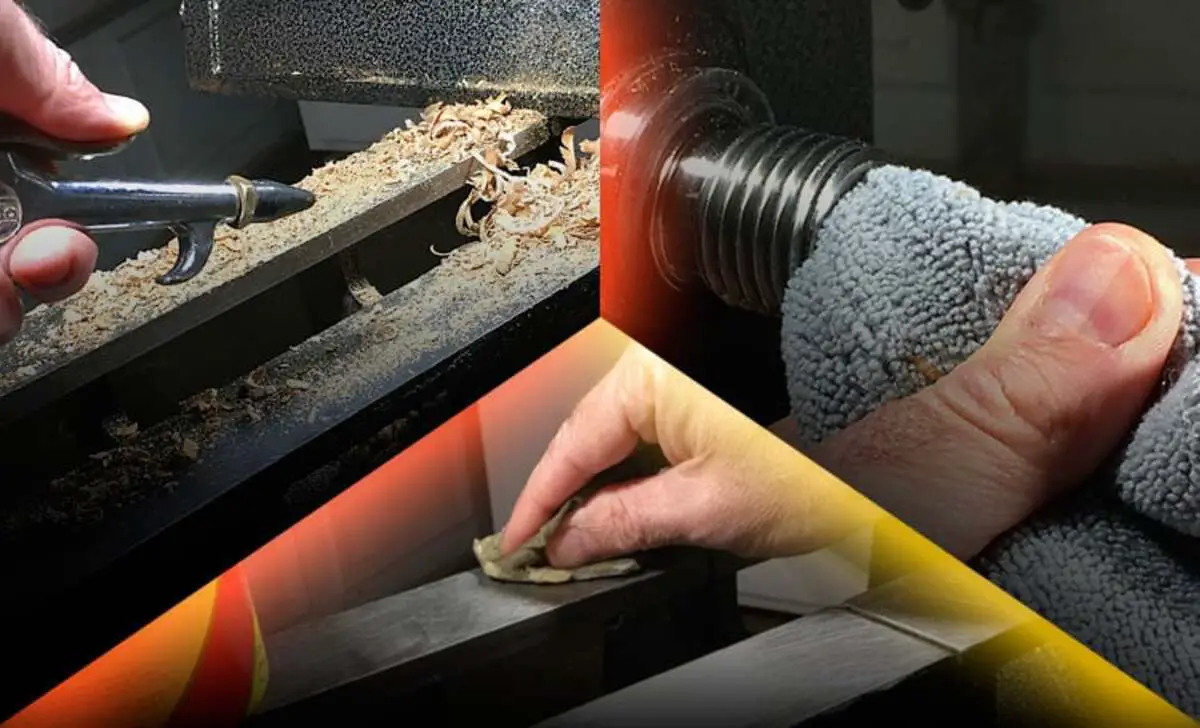
Once you have built your DIY lathe stand, it is important to maintain and care for it to ensure its longevity and functionality. By following these tips, you can ensure that your DIY lathe stand remains in good condition and provides you with years of reliable service for all your woodworking projects. Here are some tips to help you keep your lathe stand in good condition:
- Regular Cleaning: Dust and debris can accumulate on your lathe stand over time, affecting its performance. Regularly clean the stand with a soft cloth or brush to remove dirt or dust.
- Lubrication: To keep the moving parts of your lathe stand running smoothly, it is important to lubricate them regularly. Use a suitable lubricant recommended by the manufacturer to ensure optimal performance.
- Check For Loose Screws And Bolts: As with any piece of furniture or equipment, the screws and bolts on your lathe stand can loosen over time. Periodically check for any loose screws or bolts and tighten them as needed.
- Protect From Moisture: Moisture can cause rust and corrosion on metal parts of your lathe stand. Keep it dry and avoid exposing it to excessive humidity or water.
- Store Tools Properly: When not used, store your lathe tools in a designated area on the lathe stand or in a toolbox. This will help prevent them from getting lost or damaged.
Conclusion
Building a DIY lathe stand is a rewarding and cost-effective project for any woodworking enthusiast. Following the step-by-step guide outlining how to build a DIY lathe stand, you can create a sturdy and functional stand that will support your lathe and provide storage space for accessories.
Remember to gather all the necessary materials and tools before starting, and take your time to measure, cut, and assemble the various components of the stand. Once your lathe is securely installed on the stand, you can enjoy its convenience and stability for your woodworking projects. Remember to maintain and care for your DIY lathe regularly to ensure its longevity and optimal performance.
Frequently Asked Questions
1.How Tall Should A Lathe Stand Be?
Ans: The height of a lathe stand should be comfortable for the user to work at, with the lathe spindle ideally at elbow height. On average, a lathe stand is around 32 to 36 inches tall, but ultimately, the height will depend on individual needs and preferences.
2.Can You Use A Drill Press As A Lathe?
Ans: Using a drill press as a lathe is not recommended. While there may be similarities, a drill press lacks the necessary mechanisms and components for turning wood or metal. Attempting to use one can lead to damage. It’s best to invest in a proper lathe or explore alternative methods.
3.What Can I Use Instead Of A Wood-Turning Lathe?
Ans: Instead of a wood-turning lathe, you have alternative options like hand-held carving tools, rotary tools with carving attachments, or a drill press for specific projects. You can also consider renting a mini-lathe or consulting local woodworking shops for other options based on your needs and budget.
4.Can You Build Your Lathe?
Ans: Yes, building your lathe with the right tools and materials is possible. Building a DIY lathe requires some woodworking skills and knowledge of machinery. By building your lathe, you can save money compared to buying a pre-made one. Just remember to follow safety guidelines when building and operating your DIY lathe.
5.What Materials Do I Need To Build A Diy Lathe Stand?
Ans: To build a DIY lathe stand, gather wood boards, screws, bolts, and nuts. Essential tools include a saw, drill, measuring tape, and level. Use pressure-treated wood or sealant to protect the stand from moisture and wear. Remember to follow safety precautions when using power tools.
